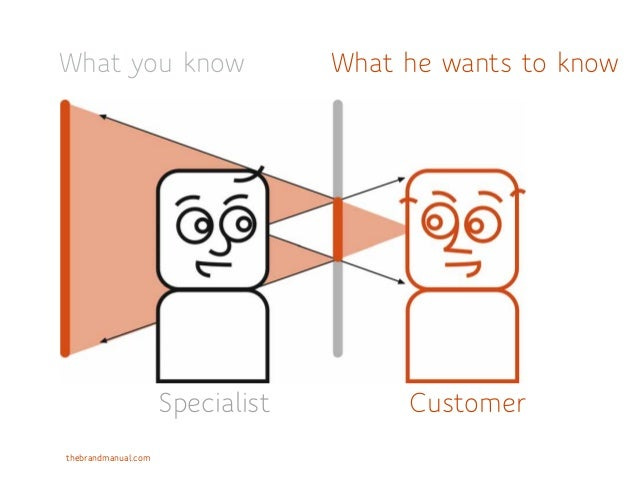Starting fresh and Building anew
As I embark on a new journey with a brand new company, helping build out their customer support support department, ride along with all of the wins and losses.
As many of you know, I started a new role as a Senior Director of Customer Support recently. Having a few years of a similar title and building existing successful teams, I could not be more excited to dive into this journey. I want to take everyone along with me as we overcome obstacles, build out what we know are important components of support, and build a world class support team.
Launching a customer support department in a healthcare software company is no small task—especially when you're starting with fewer than ten agents. Yet, it’s precisely this lean beginning that offers a rare opportunity: to be intentional from the ground up, building a culture that prioritizes quality, empathy, and results.
In an industry where stakes are high and customer needs are often urgent, a thoughtful, relationship-driven approach can set the tone for long-term success.
In healthcare, software doesn’t just streamline workflows—it can directly impact patient outcomes. That’s why our support philosophy begins and ends with customer experience.
This means meeting clients where they are:
A busy hospital administrator might prefer detailed follow-up emails.
A tech-savvy clinic manager may lean on your API docs and Slack-style live chat.
An overwhelmed practice assistant might need compassionate, phone-based help.
Understanding these personas and tailoring support to their unique workflows is foundational. We don’t want to just close tickets; we want to build relationships and trust.
At this early stage, it’s crucial to establish a team culture that sees every support interaction as an opportunity—not just to solve a problem, but to create a moment of relief, clarity, or even delight. That mindset becomes the north star for everything else.
Designing Processes Around Quality and Production
Quality and speed are often seen as tradeoffs. We reject that premise.
Instead, we design workflows that elevate both. Here’s how:
Standardized responses, personalized delivery: We use templates to ensure accuracy but train agents to customize tone and detail based on client needs.
Knowledge base integration: Every resolved ticket has the potential to become a new help article or internal documentation entry. This improves first-contact resolution over time.
Tiered escalation paths: Not all issues need engineering. By clearly defining what support can solve and when to escalate, we reduce bottlenecks and enhance accountability.
Additionally, we are starting to scope out a simple but powerful quality assurance (QA) program. Agents review a few peer tickets weekly, using a shared rubric focused on clarity, completeness, and empathy. This encourages consistency and continuous improvement without micromanagement.
Leveraging the Right Tech Stack for Scalable Success
A lean team needs smart tools. Our support tech stack enables both visibility and efficiency without overwhelming agents. Here's what we use and why:
Help Desk Platform (Zendesk)
This is the central hub. It allows us to create ticket views based on customer tier, priority, or product line. Automations and macros save time, while CSAT tracking gives us direct customer feedback.Internal Knowledge Base (Confluence)
Agents access and contribute to real-time documentation. This reduces onboarding time for new hires and ensures consistent answers across the team.External Help Center (Zendesk)
We empower customers to self-serve, especially for “how-to” or configuration questions. Usage analytics help us refine and expand this library monthly.Analytics Dashboard
We track key KPIs like time to first response, resolution time, and ticket deflection. More importantly, we analyze themes across tickets to inform product and training priorities.Collaboration Tools (Slack + Jira)
Engineers, product managers, and support agents stay connected. Bugs are triaged transparently, and updates are pushed back to support with minimal friction.
This tech stack ensures we’re not just reacting, but proactively improving our service—no matter how small the team is.
Feedback Loops: Closing the Loop on Experience
Customer support is a goldmine of insights—if you know how to capture and act on them.
We formalize a few feedback loops:
Weekly Voice of the Customer syncs with product and account management
Quarterly support retrospectives that analyze what went right, what could improve, and what’s changing in customer expectations
We also encourage agents to flag product pain points they hear repeatedly. This not only empowers them, but turns support into a strategic partner for R&D.
Human-Centered Support in a High-Stakes Industry
Ultimately, supporting healthcare software isn’t just about resolving bugs or answering configuration questions. It’s about helping our clients do their jobs better—whether that’s scheduling patients, reducing billing errors, or meeting compliance standards.
Even with a small team, if we commit to:
Hiring thoughtfully
Building empathetic, efficient processes
Investing in the right tech
And constantly seeking improvement
…we can deliver enterprise-grade support that feels personal, responsive, and deeply valuable.
At the end of the day, our mission is simple: make every client feel like they’re our only client. That’s how you build a department that scales with strength—and earns customer loyalty that lasts.
I’m excited to bring you along as we embark on a really interesting journey of building out a customer support team from a small nest egg of taltented teammates, to a robust, omnichannel support team that is multi layered.





